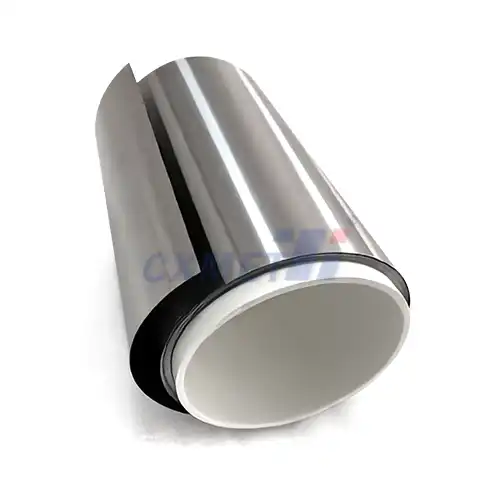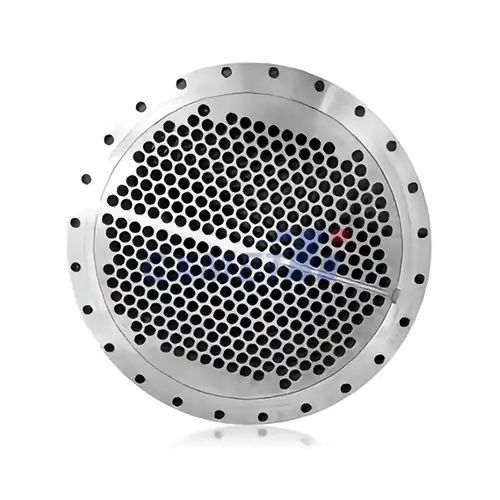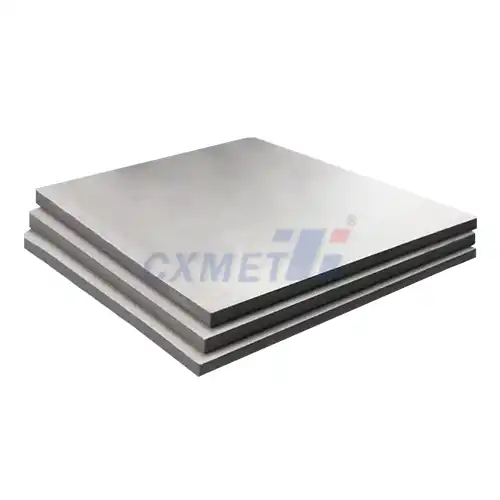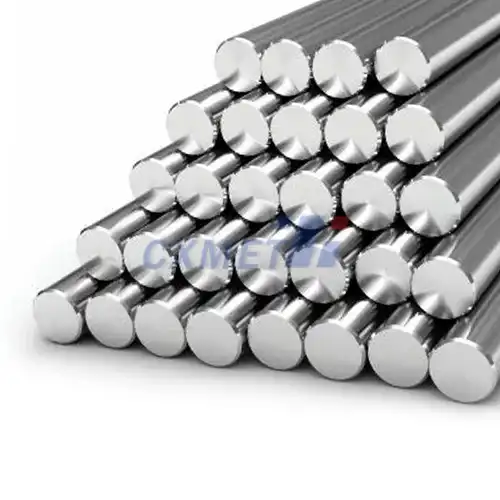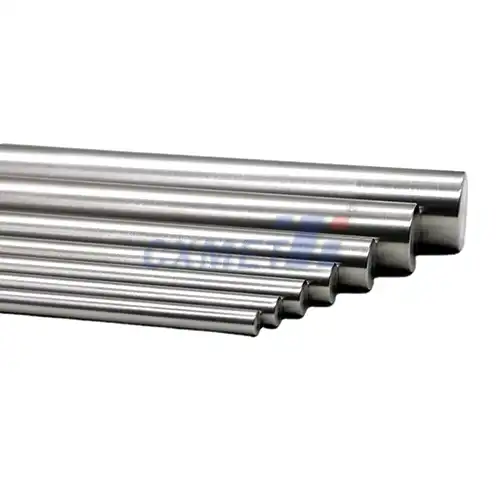- English
- French
- German
- Portuguese
- Spanish
- Russian
- Japanese
- Korean
- Arabic
- Greek
- German
- Turkish
- Italian
- Danish
- Romanian
- Indonesian
- Czech
- Afrikaans
- Swedish
- Polish
- Basque
- Catalan
- Esperanto
- Hindi
- Lao
- Albanian
- Amharic
- Armenian
- Azerbaijani
- Belarusian
- Bengali
- Bosnian
- Bulgarian
- Cebuano
- Chichewa
- Corsican
- Croatian
- Dutch
- Estonian
- Filipino
- Finnish
- Frisian
- Galician
- Georgian
- Gujarati
- Haitian
- Hausa
- Hawaiian
- Hebrew
- Hmong
- Hungarian
- Icelandic
- Igbo
- Javanese
- Kannada
- Kazakh
- Khmer
- Kurdish
- Kyrgyz
- Latin
- Latvian
- Lithuanian
- Luxembou..
- Macedonian
- Malagasy
- Malay
- Malayalam
- Maltese
- Maori
- Marathi
- Mongolian
- Burmese
- Nepali
- Norwegian
- Pashto
- Persian
- Punjabi
- Serbian
- Sesotho
- Sinhala
- Slovak
- Slovenian
- Somali
- Samoan
- Scots Gaelic
- Shona
- Sindhi
- Sundanese
- Swahili
- Tajik
- Tamil
- Telugu
- Thai
- Ukrainian
- Urdu
- Uzbek
- Vietnamese
- Welsh
- Xhosa
- Yiddish
- Yoruba
- Zulu
What Makes Gr23 ERTi-23 Suitable for Medical Applications?
2025-07-10 16:12:25
Gr23 ERTi-23 Medical Titanium Wire, a titanium alloy, has gained significant attention in the medical field due to its exceptional properties and versatility. This advanced material combines the strength of titanium with enhanced biocompatibility, making it an ideal choice for various medical applications. Its unique composition and characteristics contribute to improved patient outcomes and long-lasting medical devices. In this blog post, we will explore the qualities that make Gr23 ERTi-23 particularly suitable for medical applications and delve into its specific uses in the healthcare industry.
|
|
|
What are the key properties of Gr23 ERTi-23 that make it ideal for medical implants?
Gr23 ERTi-23 Medical Titanium Wire possesses several key properties that make it an excellent choice for medical implants. First and foremost, its biocompatibility is superior to many other materials used in medical applications. The human body readily accepts this alloy, reducing the risk of rejection and adverse reactions. This high level of biocompatibility is crucial for long-term implants, as it minimizes complications and promotes better integration with surrounding tissues.
Another significant property of Gr23 ERTi-23 is its exceptional strength-to-weight ratio. This alloy offers impressive mechanical strength while remaining lightweight, making it ideal for load-bearing implants such as hip and knee replacements. The low density of Gr23 ERTi-23 ensures that patients can maintain mobility and comfort without being burdened by heavy implants.
Corrosion resistance is another critical feature of Gr23 ERTi-23 that contributes to its suitability for medical implants. The alloy's resistance to degradation in the presence of bodily fluids and tissues ensures long-term stability and functionality of the implant. This property is particularly important for devices that are expected to remain in the body for extended periods, as it helps maintain the structural integrity and performance of the implant over time.
Furthermore, Gr23 ERTi-23 exhibits excellent fatigue resistance, which is crucial for implants subjected to repetitive stress and strain. This property ensures that the implant can withstand the daily movements and forces exerted on it without premature failure or degradation. The high fatigue resistance of Gr23 ERTi-23 contributes to the longevity of medical implants, reducing the need for revision surgeries and improving patient outcomes.
The alloy's low modulus of elasticity is another advantageous property for medical implants. This characteristic allows Gr23 ERTi-23 implants to more closely mimic the mechanical behavior of natural bone, reducing stress shielding and promoting better bone remodeling around the implant. The closer match in elasticity between the implant and surrounding bone tissue helps maintain bone density and strength, leading to improved long-term outcomes for patients.
How does Gr23 ERTi-23 compare to other materials used in medical devices?
When comparing Gr23 ERTi-23 Medical Titanium Wire to other materials used in medical devices, several key differences become apparent. One of the most significant advantages of Gr23 ERTi-23 is its superior biocompatibility compared to many traditional materials. For instance, while stainless steel has been widely used in medical applications, it contains nickel, which can cause allergic reactions in some patients. Gr23 ERTi-23, on the other hand, is nickel-free and exhibits excellent tissue compatibility, reducing the risk of adverse reactions and improving overall patient outcomes.
In terms of mechanical properties, Gr23 ERTi-23 outperforms many other materials used in medical devices. Compared to commercially pure titanium (CP Ti), Gr23 ERTi-23 offers significantly higher strength while maintaining similar biocompatibility. This makes it particularly suitable for load-bearing applications where CP Ti may not provide sufficient mechanical support. Additionally, when compared to cobalt-chromium alloys, which are also commonly used in orthopedic implants, Gr23 ERTi-23 offers a lower modulus of elasticity, more closely matching that of natural bone and potentially reducing stress shielding effects.
Corrosion resistance is another area where Gr23 ERTi-23 excels compared to other materials. While stainless steel and cobalt-chromium alloys offer good corrosion resistance, Gr23 ERTi-23 surpasses them in this aspect. The alloy's exceptional resistance to corrosion in the presence of bodily fluids ensures long-term stability and reduces the risk of implant degradation over time. This property is particularly crucial for implants that are expected to remain in the body for extended periods, as it helps maintain the structural integrity and functionality of the device throughout its lifespan.
Another notable advantage of Gr23 ERTi-23 is its compatibility with modern imaging technologies. Unlike some other metallic implants, Gr23 ERTi-23 produces minimal artifacts in magnetic resonance imaging (MRI) and computed tomography (CT) scans. This characteristic allows for better post-operative monitoring and diagnosis, as medical professionals can more accurately assess the condition of tissues surrounding the implant without interference from imaging artifacts.
The manufacturing versatility of Gr23 ERTi-23 also sets it apart from some other materials used in medical devices. The alloy can be processed using various techniques, including machining, forging, and additive manufacturing. This flexibility allows for the creation of complex geometries and customized implants tailored to individual patient needs. The ability to use advanced manufacturing techniques, such as 3D printing, with Gr23 ERTi-23 opens up new possibilities for patient-specific solutions and innovative device designs.
What are the specific medical applications where Gr23 ERTi-23 is commonly used?
Gr23 ERTi-23 Medical Titanium Wire finds applications in a wide range of medical devices and implants, thanks to its exceptional properties. One of the most common uses of this alloy is in orthopedic implants, particularly in joint replacement surgeries. Hip and knee replacements made from Gr23 ERTi-23 offer excellent durability and biocompatibility, providing patients with long-lasting solutions for joint problems. The alloy's high strength-to-weight ratio and fatigue resistance make it ideal for these load-bearing applications, ensuring that the implants can withstand the stresses of daily activities over many years.
In the field of spinal surgery, Gr23 ERTi-23 is frequently used for various components, including vertebral body replacement cages, pedicle screws, and spinal rods. The material's biocompatibility and mechanical properties make it well-suited for these applications, where it must integrate with the surrounding bone tissue while providing stable support to the spine. The low modulus of elasticity of Gr23 ERTi-23 helps reduce stress shielding effects, promoting better bone growth and remodeling around the implant.
Dental implants represent another significant application area for Gr23 ERTi-23. The alloy's excellent osseointegration properties make it an ideal material for dental root replacements and other oral surgical applications. The high strength of Gr23 ERTi-23 allows for the creation of smaller, more precisely designed implants that can better mimic natural tooth roots. Additionally, the material's resistance to corrosion in the oral environment ensures long-term stability and functionality of dental implants.
Gr23 ERTi-23 is also used in the manufacturing of various surgical instruments and tools. Its high strength, durability, and corrosion resistance make it suitable for instruments that require repeated sterilization and prolonged use. Surgical scissors, forceps, and retractors made from this alloy offer excellent performance and longevity in clinical settings.
In the cardiovascular field, Gr23 ERTi-23 finds applications in devices such as artificial heart valves and stents. The material's biocompatibility and hemocompatibility (compatibility with blood) make it suitable for these critical applications where the device comes into direct contact with blood flow. The alloy's resistance to corrosion and fatigue in the dynamic cardiovascular environment contributes to the long-term safety and efficacy of these implants.
Another emerging application for Gr23 ERTi-23 is in the field of craniomaxillofacial surgery. Custom-made implants for skull and facial reconstruction can be manufactured using this alloy, taking advantage of its biocompatibility and the ability to create complex shapes through advanced manufacturing techniques. These patient-specific implants offer improved aesthetic outcomes and better functional results compared to traditional materials and standardized implants.
In conclusion, Gr23 ERTi-23 Medical Titanium Wire has proven to be an exceptionally versatile and valuable material in the medical field. Its unique combination of biocompatibility, mechanical strength, corrosion resistance, and manufacturing flexibility makes it suitable for a wide range of medical applications. From orthopedic and dental implants to surgical instruments and cardiovascular devices, Gr23 ERTi-23 continues to play a crucial role in advancing medical technology and improving patient outcomes. As research and development in biomaterials progress, we can expect to see even more innovative applications of this remarkable alloy in the future of healthcare.
At SHAANXI CXMET TECHNOLOGY CO., LTD, we take pride in our extensive product range, which caters to diverse customer needs. Our company is equipped with outstanding production and processing capabilities, ensuring the high quality and precision of our products. We are committed to innovation and continuously strive to develop new products, keeping us at the forefront of our industry. With leading technological development capabilities, we are able to adapt and evolve in a rapidly changing market. Furthermore, we offer customized solutions to meet the specific requirements of our clients. If you are interested in our products or wish to learn more about the intricate details of our offerings, please do not hesitate to contact us at sales@cxmet.com. Our team is always ready to assist you.
References
- Niinomi, M. (2019). Titanium Alloys for Biomedical, Dental and Healthcare Applications. Metals, 9(12), 1301.
- Elias, C. N., Lima, J. H. C., Valiev, R., & Meyers, M. A. (2008). Biomedical applications of titanium and its alloys. JOM, 60(3), 46-49.
- Chen, Q., & Thouas, G. A. (2015). Metallic implant biomaterials. Materials Science and Engineering: R: Reports, 87, 1-57.
- Rack, H. J., & Qazi, J. I. (2006). Titanium alloys for biomedical applications. Materials Science and Engineering: C, 26(8), 1269-1277.
- Geetha, M., Singh, A. K., Asokamani, R., & Gogia, A. K. (2009). Ti based biomaterials, the ultimate choice for orthopaedic implants – A review. Progress in Materials Science, 54(3), 397-425.
- Oldani, C., & Dominguez, A. (2012). Titanium as a Biomaterial for Implants. In Recent Advances in Arthroplasty. IntechOpen.
- Liu, X., Chu, P. K., & Ding, C. (2004). Surface modification of titanium, titanium alloys, and related materials for biomedical applications. Materials Science and Engineering: R: Reports, 47(3-4), 49-121.
- Sidambe, A. T. (2014). Biocompatibility of Advanced Manufactured Titanium Implants—A Review. Materials, 7(12), 8168-8188.
- Bauer, S., Schmuki, P., von der Mark, K., & Park, J. (2013). Engineering biocompatible implant surfaces: Part I: Materials and surfaces. Progress in Materials Science, 58(3), 261-326.
- Wang, K. (1996). The use of titanium for medical applications in the USA. Materials Science and Engineering: A, 213(1-2), 134-137.


